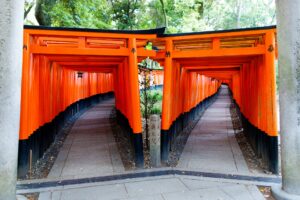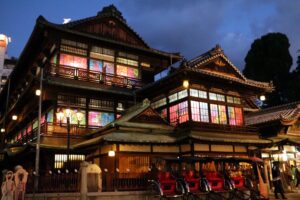Shikoku, the smallest of Japan’s four main islands, provides a peaceful escape from Japan’s bustling cities. Known for its sacred 88-temple pilgrimage, serene natural landscapes, and authentic cultural experiences, Shikoku has a unique charm. This guide will explore the best that Shikoku offers, from spiritual pilgrimages and outdoor adventures to its rich culinary traditions.
Shikoku Overview: A Hidden Gem of Japan
Shikoku is a lesser-known destination that offers travelers a rich cultural and natural experience. Nestled in the southwestern part of Japan, Shikoku remains a relatively unexplored destination compared to other popular tourist spots like Tokyo and Kyoto. It is known for its distinct regional culture, which includes festivals, temples, and some of Japan’s most picturesque landscapes. The island offers a tranquil alternative to busy urban life, attracting visitors who seek cultural depth, history, and natural beauty. Famous for the 88-temple pilgrimage route, Shikoku also boasts stunning coastlines and rural villages that maintain their traditional way of life, making it an appealing destination for those seeking an authentic Japanese experience.
The 88-Temple Pilgrimage: Shikoku’s Spiritual Journey
The 88-temple pilgrimage is a journey that takes visitors through Shikoku’s spiritual heart.
The History and Significance of the 88-Temple Pilgrimage
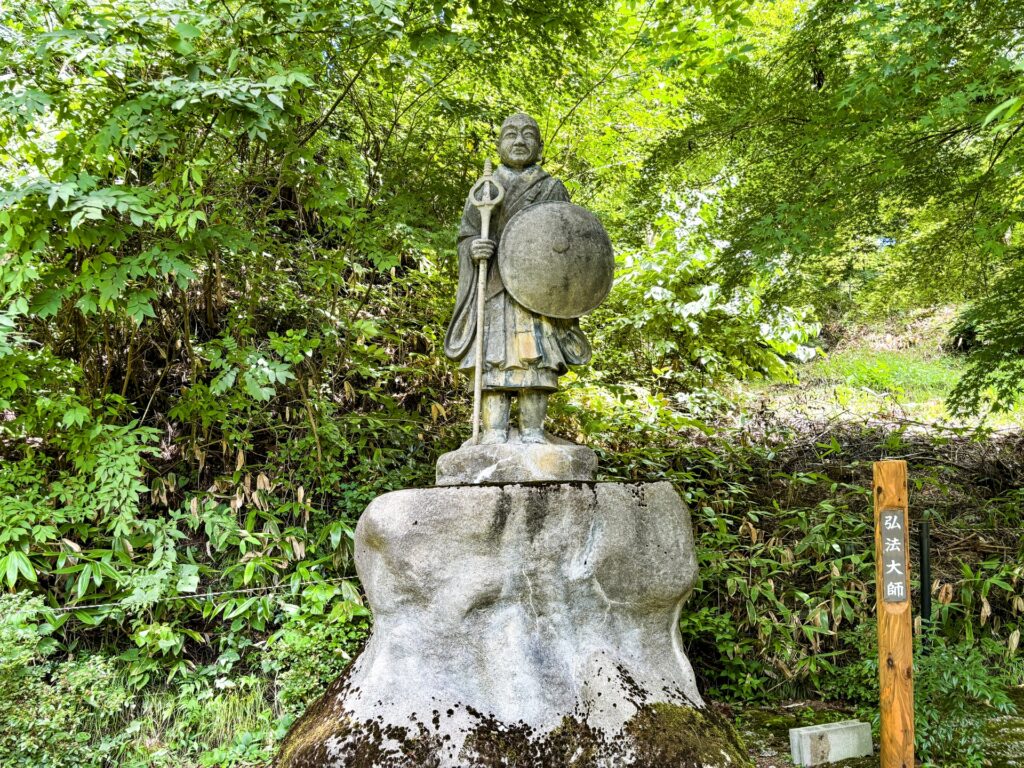
The 88-temple pilgrimage is one of Japan’s most significant Buddhist pilgrimages, honoring Kobo Daishi, the founder of Shingon Buddhism. Dating back over a thousand years, this spiritual journey attracts pilgrims and travelers seeking peace, enlightenment, or a unique way to connect with Japan’s religious history. Traditionally walked over the course of 30-60 days, the pilgrimage spans 1,200 kilometers around Shikoku, circling the entire island and visiting temples of immense cultural and spiritual significance.
Modern Ways to Complete the Pilgrimage
While walking remains the most authentic way to experience the pilgrimage, modern travelers can now opt to complete the route by bicycle, car, or bus. For those with limited time, visiting a select few key temples still provides a rich spiritual experience. Guided tours and pilgrimage packages are available, catering to tourists who want to experience the route without embarking on the entire journey.
Must-Visit Temples on the Pilgrimage Route
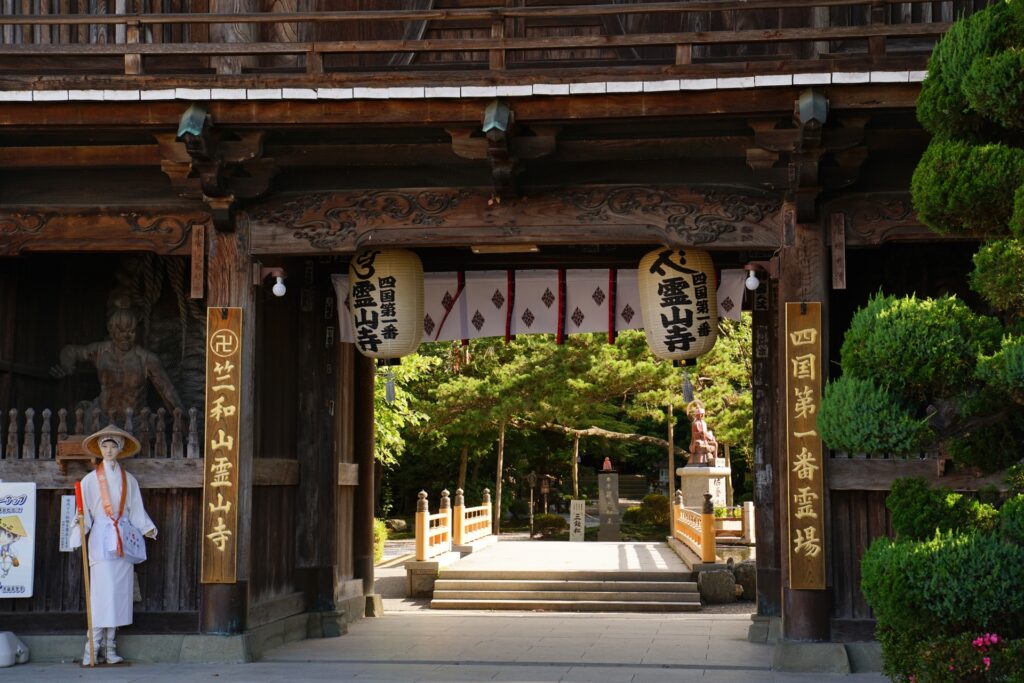
Some temples are particularly notable for their architecture, historical value, or scenic locations:
- Ryozenji (Temple 1): The starting point for most pilgrims.
- Zentsuji (Temple 75): Birthplace of Kobo Daishi and one of the most important stops.
- Konsenji (Temple 3): Known for its beautiful pagoda and tranquil setting.
Shikoku’s Natural Attractions: From Mountains to Coastlines
Shikoku’s landscapes offer a wide range of outdoor activities, from hiking to coastal adventures.
Famous Hiking Trails and Natural Spots

Shikoku is a hiker’s paradise, offering trails that range from leisurely walks to challenging treks. The Iya Valley is one of the most scenic hiking spots, famous for its vine bridges and lush gorges. Mount Ishizuchi, the highest peak in western Japan, is popular with climbers and offers panoramic views of the island. Coastal trails along the Seto Inland Sea provide breathtaking views and more gentle hiking options.
Exploring the Iya Valley
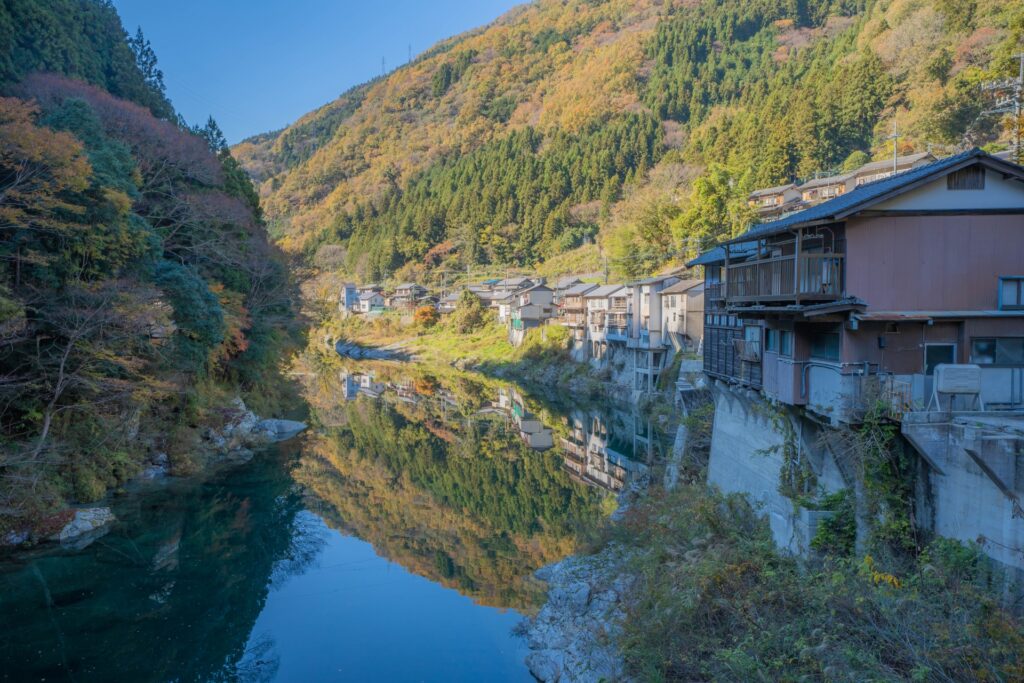
The remote Iya Valley is known for its rugged beauty, including dramatic gorges and centuries-old vine bridges such as Kazurabashi Bridge. Visitors can also explore traditional thatched-roof farmhouses and enjoy river rafting. For those interested in history, the valley holds connections to the legendary Heike clan.
Coastal Adventures: Beaches and Hot Springs
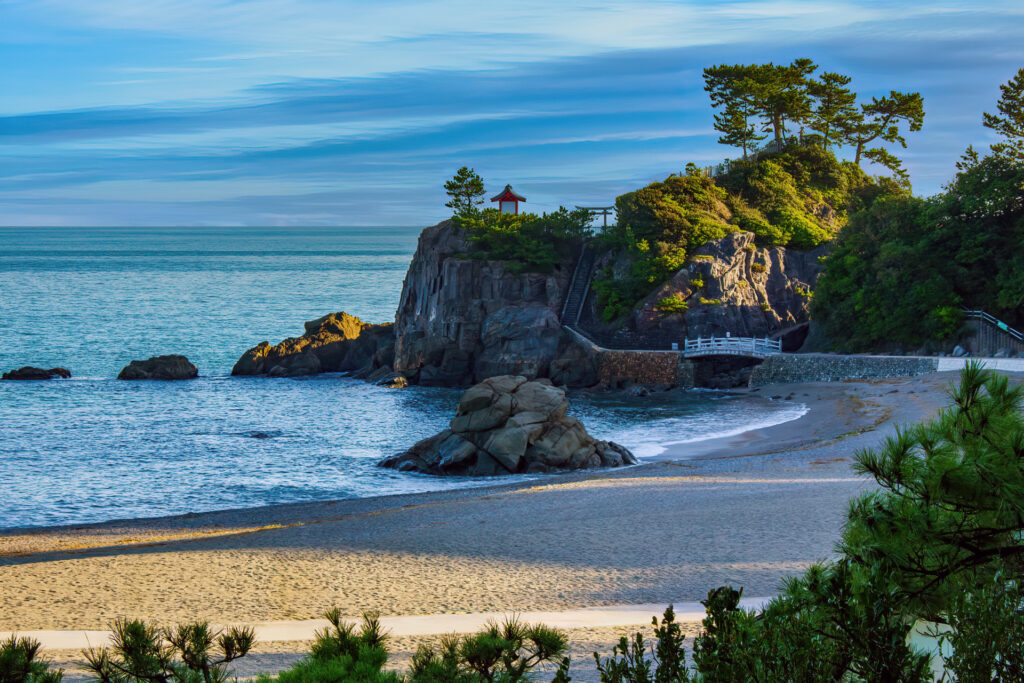
Shikoku’s coastline is dotted with serene beaches and hot springs, perfect for relaxation after a day of hiking or sightseeing. Dogo Onsen, one of the oldest hot springs in Japan, is a must-visit for those seeking a traditional bathing experience. Beaches like Katsurahama offer beautiful ocean views, while several coastal towns feature hot springs that overlook the sea.
Shikoku’s Culinary Delights: A Taste of Tradition
Shikoku’s food scene is as rich as its cultural heritage, offering unique regional dishes.
Regional Dishes to Try in Shikoku
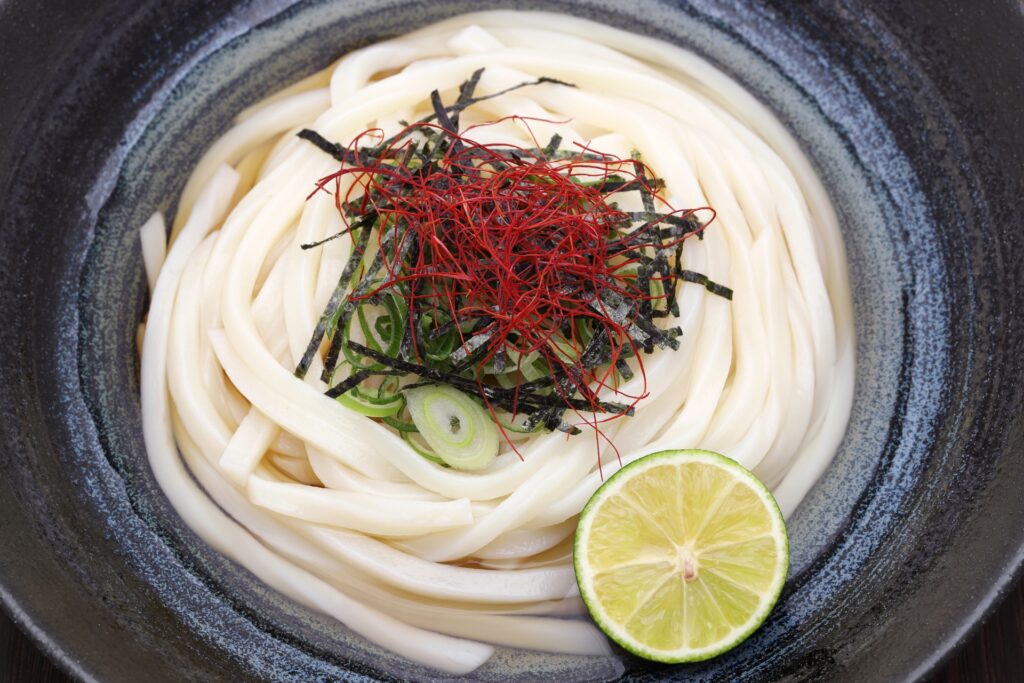
Shikoku is home to a variety of traditional dishes. Sanuki Udon from Kagawa Prefecture is a must-try, famed for its chewy noodles and flavorful broth. Citrus fruits, particularly yuzu and sudachi, are grown in abundance and feature prominently in local cuisine. Fresh seafood, caught daily from the Seto Inland Sea, is another regional specialty, often served as sashimi or in stews.
Food Markets and Local Restaurants
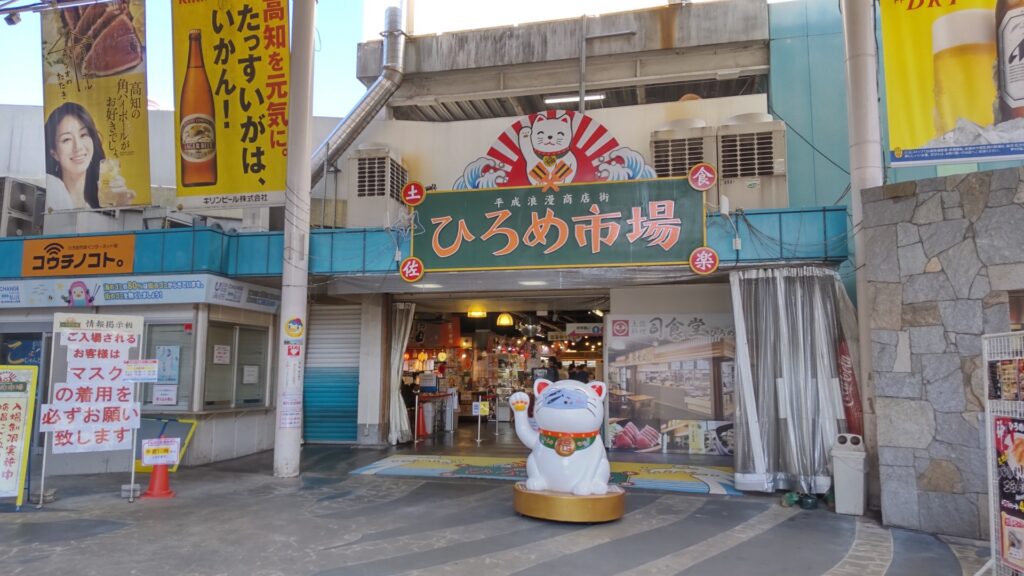
To sample Shikoku’s culinary delights, visit local markets and restaurants. Hirome Market in Kochi is a bustling spot where locals and visitors gather to enjoy fresh seafood, grilled meats, and traditional Japanese fare. For a unique experience, many festivals throughout Shikoku feature food stalls offering a taste of regional specialties.
How to Get Around Shikoku: Transportation and Accommodation
Traveling through Shikoku is easy thanks to various transportation and accommodation options.
Transportation Options for Travelers

Shikoku offers a range of transportation options for travelers, making it easy to explore the island. The Shikoku Railway network provides access to major cities and tourist sites, while buses and ferries offer services to more remote areas. Renting a car is an excellent option for those looking to venture off the beaten path, as Shikoku’s scenic countryside is best explored by road.
Accommodation in Shikoku: From Ryokans to Modern Hotels
Accommodation in Shikoku ranges from traditional ryokans (Japanese inns) to modern hotels. For an authentic experience, staying in a temple lodging (shukubo) along the pilgrimage route offers a unique glimpse into the life of the Buddhist monks. Onsen resorts are also popular, providing relaxation and a chance to unwind after a day of sightseeing or hiking.






